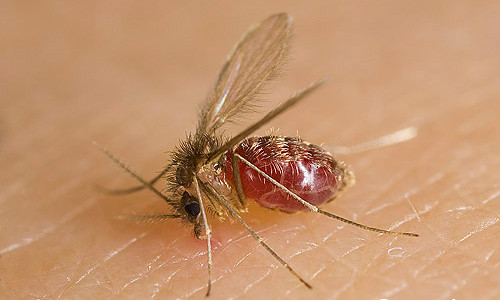Female noseeums, also known as biting midges or sandflies, are tiny insects that feed on the blood of animals, including humans. These insects have specialized mouthparts that allow them to pierce the skin and obtain a blood meal. Here’s a step-by-step explanation of how female noseeums suck blood:
Locating a host:
Female noseeums are attracted to hosts by various factors, including body heat, carbon dioxide, body odors, and movement. They have sensory organs that help them detect these cues, enabling them to find a suitable host.
Piercing the skin:
Once a female noseeum has identified a suitable host, it lands on the skin and starts the feeding process. It uses its sharp mouthparts, which consist of a set of mandibles and a proboscis, to pierce the skin.
Securing the bite:
The mandibles of the noseeum create a small opening in the skin, while the proboscis is used to explore the area and locate a blood vessel. The proboscis has tiny barbs that help anchor the insect in place during feeding.
Injecting saliva:
Before feeding, the female noseeum injects saliva into the wound. This saliva contains compounds that help to prevent blood clotting and numb the surrounding area, reducing the host’s ability to detect the bite and facilitating a continuous blood flow.
Blood consumption:
Once the blood vessel is located and the saliva has been injected, the noseeum starts feeding by sucking up the blood using its specialized mouthparts. The female noseeum can consume a small amount of blood relative to its size.
Completion of feeding:
Female noseeums typically feed for a short duration, often just a few minutes. Once they have obtained a sufficient blood meal, they detach from the host and fly away.
It’s worth noting that the bites of female noseeums can cause irritation, itching, and allergic reactions in some individuals. These bites can be quite bothersome due to the tiny size of the insect and the potential for multiple bites in a concentrated area. Using insect repellents, wearing protective clothing, and avoiding peak biting times (such as dawn and dusk) can help reduce the risk of being bitten by noseeums.

